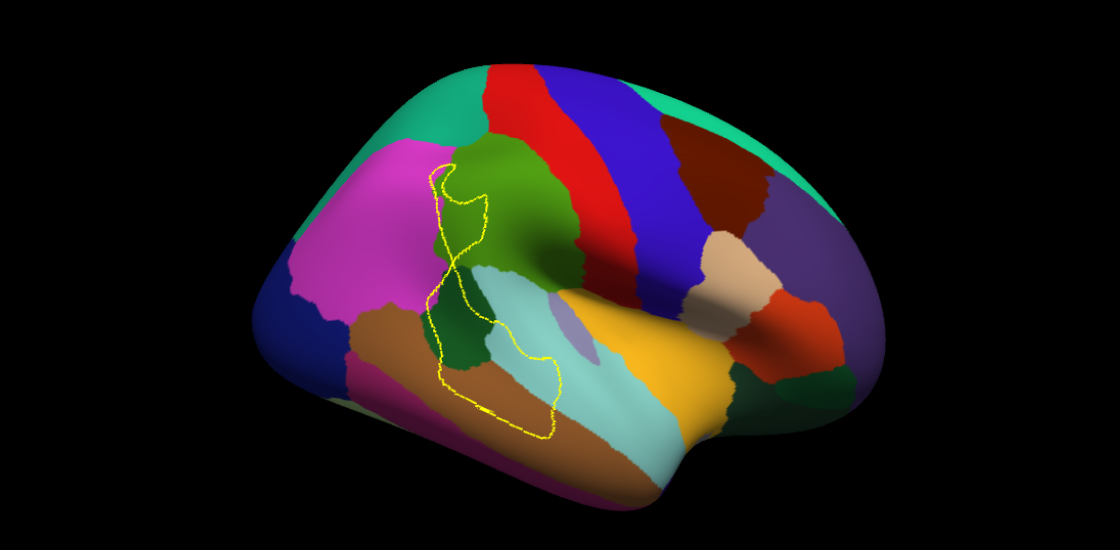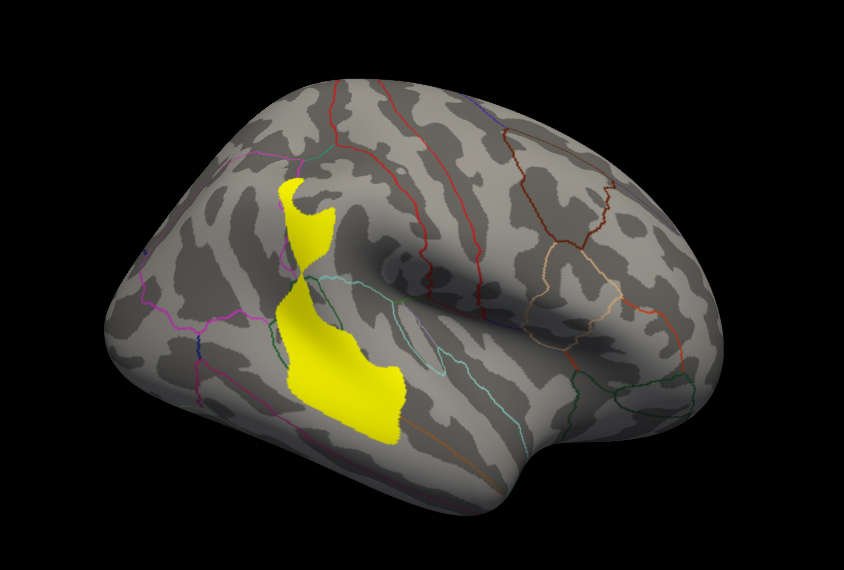Scans reveal sex difference in brain thinning during childhood
Part of the brain’s outer layer thins too quickly with age in boys with autism, but not in girls with the condition.

Part of the brain’s outer layer may thin too quickly with age in boys with autism, but not in girls with the condition.
The finding, based on brain scans from nearly 200 children, lends support to the idea that autism affects boys differently than it does girls. Researchers presented the unpublished results today at the 2018 International Society for Autism Research annual meeting in Rotterdam, the Netherlands.
“We’re looking at a different form of autism in boys versus girls,” says lead investigator Daniel Yang, assistant research professor of pediatrics at George Washington University in Washington, D.C., who presented the findings.
During typical development, the brain’s outer layer, called the cerebral cortex, expands in thickness from birth to about 2 years of age1. It then gradually thins throughout childhood and adolescence.
The new study found that, as a group, boys with autism show more rapid thinning of the cerebral cortex than do typical boys. This thinning occurs specifically in and around a brain region called the right posterior superior temporal sulcus (pSTS), a furrow in the brain’s bumpy surface. Girls with the condition do not show any difference from unaffected girls.
The pSTS plays a key role in social communication, which is key to understanding another person’s facial expressions or actions. Altered activity in the STS has been linked to autism in boys.
Yang says the results may help to explain the ‘female protective effect’ — the notion that girls are somehow protected from autism.
“Girls appeared to be more resilient to disruptions of the cortical-thinning schedule in this right pSTS brain area,” Yang says.
However, some experts say this conclusion about the protective effect is premature. “How can it be protective if the girls have autism?” says Tonya White, associate professor of child and adolescent psychiatry at Erasmus University Medical Center in Rotterdam, who was not involved in the work. “It didn’t seem to protect those girls.”

Thin surface:
Yang and his colleagues used magnetic resonance imaging to scan the brains of 42 boys and 48 girls with autism. The children ranged in age from 8 to 18 years and have similar intelligence levels, autism severity, language skills and ability to function in daily life.
The researchers compared these individuals with 51 boys and 45 girls without autism, matched for age and intelligence levels.
They estimated how the thickness of the cortex changes during childhood by comparing scans from children of different ages. All four groups of children show cortical thinning with age throughout the brain, the researchers found.
The study is small, so experts say the results needs to be confirmed.
“It makes sense to look to biological measures like anatomy to try and understand what might be behind that protective effect,” says Armin Raznahan, chief of the Developmental Neurogenomics Unit at the U.S. National Institute of Mental Health in Bethesda, Maryland, who was not involved in the study. “But on a sample size this small, with a finding that’s so subtle, the gold standard has to be replication.”
The finding that only boys with autism show accelerated thinning of the pSTS is interesting, but is based on scanning children of different ages, says Antonio Hardan, professor of psychiatry and behavioral sciences at Stanford University in California, who was not involved in the study.
An important next step will be to determine whether the findings hold up in a group of children who undergo repeated brain scans as they grow, he says.
Yang and his colleagues are analyzing additional scans for brain changes unique to girls with autism. He says they have found preliminary evidence that one of the ventricles — fluid-filled spaces in the brain — is enlarged in girls with autism compared with controls. Girls with autism also show widespread disruptions in the structure of nerve bundles throughout the brain, he says.
“Their brain circuits are affected in a way [that is] different from the pSTS dysfunction,” Yang says. The findings suggest that girls require substantial structural changes throughout the brain, rather than primarily in the pSTS, to have autism, he says.
For more reports from the 2018 International Society for Autism Research annual meeting, please click here.
References:
- Remer J. et al. Neuroimage 153, 246-261 (2017) PubMed
Recommended reading

Expediting clinical trials for profound autism: Q&A with Matthew State

Too much or too little brain synchrony may underlie autism subtypes
Explore more from The Transmitter

This paper changed my life: Shane Liddelow on two papers that upended astrocyte research
Dean Buonomano explores the concept of time in neuroscience and physics

